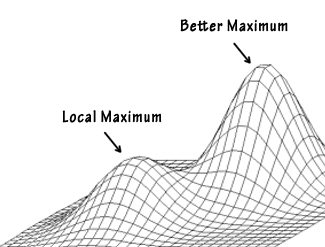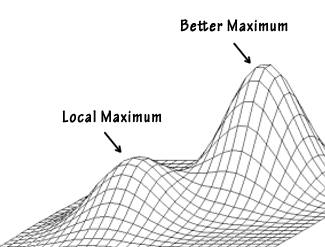The Bullet Journal: why analog task management doesn't work
My social media feeds have been recently flooded with posts singing the praises of analog task management. More specifically, a contraption called the Bullet Journal (created by NYC-based designer Ryder Caroll) has been making the rounds, to the overjoyed cheers of productivity bloggers.
I found the Bullet Journal video one Saturday morning as I was indulging in a #productivity binge. What intrigued me was the plethora of testimonies that this system has completely ramped productivity and changed the way people think about their tasks.
Then I watched the video.
I’m not going to forget too soon the acute, uncomfortable feeling of time wasted.
It wasn’t so much that I had wasted my time watching the video itself, because it was a useful cautionary tale. I felt more uncomfortable thinking of the potential time wasted, and (if social media is any indicator) all the precious time others are wasting trying out this method.
While there’s something to be said about getting things off your mind by writing them down in one way or another, I am convinced that analog task management, especially the one that the Bullet Journal is advocating, is completely obsolete. At best, it can be a DIY project if that’s what you’re into. But let’s be honest - if you’re interested in being productive and efficient, would you really use your time on creating an index and numbering by hand every page of your agenda?

I’m not trying to dissuade anyone from using the Bullet Journal. I just hope that those who really value their time will take a second to think whether this method, beyond its DIY nature, cool stop-motion video and use of Moleskine (I have yet to meet someone who doesn’t like these smooth-paged agendas), is actually worth the time, effort and money (you can dish out around $45 on a Moleskine agenda).
Why the Bullet Journal is a time waster
Lack of flexibility
This is the Bullet Journal’s biggest drawback. Because you are limited by the physicality of an agenda, you will find yourself running out of space - whether it’s on the index page, a list or the monthly calendar (only one line for each day?!). Alternatively, you might have blank space and/or pages in your agenda because you can’t always guesstimate how long your to-do list will be.

An even bigger inconvenience is logging future tasks. Planning is not a linear process. Let’s say you want to record a meeting or an appointment you have four days from now. How do you do that, without knowing how much space you need for the other three days? Before you know it, your agenda will be a mess - the opposite of what the Bullet Journal promises.
No prioritization
The Bullet Journal also lacks flexibility when it comes to prioritization. I think it’s true of most people that their plans change throughout the day. What is important in the morning might become less so in the afternoon and another task might take priority over the first one. With the Bullet Journal, all your notes and ideas are mashed together chronologically. You simply can’t prioritize - unless you know your priorities beforehand and they never change. Placing stars, eyes, exclamation marks, squares, circles and bullets seems to me a pretty counterproductive prioritizing system - not to mention that you’re appropriating someone else’s signifiers. How are you to get into the habit of using an exclamation mark for ‘inspiration, for example, when you’ve been using it for ‘important’ your whole life?.
Rapid logging, or lack thereof
The Bullet Journal advertises the rapid logging system - where you write down right away what you need to do/think you might want to do instead of remembering it later. The problem is that rapid logging is exactly what the Bullet Journal doesn’t deliver. Simply through its nature, the Bullet Journal, and analog task management in general, prevents you from quickly writing down your tasks and ideas. It’s as simple as this: would you rather use a tool that requires both hands and a flat surface, or one where you can jot down your ideas with one hand?
Just think how inconvenient it is to write down your notes while walking on a rainy day. Or even better - when you’re coming back from work at sardine hour and your bus/train/subway is so full you can’t even drop a needle. How many notes/ideas/seeds for future projects will you lose in this way? You will almost surely tell yourself that you’ll write it down later, but let’s face it: if we were really that good at remembering things, then we wouldn’t even be talking about task management to begin with.
The rapid logging system is significantly slowed down by having to manually migrate the uncompleted tasks from one day/month to another. You flip the page, search for the task, flip back the page, write down the task, flip the page again - oh, wait, it’s the wrong page - flip to the right page, write down the task, and so on. How much quicker would it be to be able to copy and paste the tasks, or, have a task manager that automatically migrate tasks for you!
Other drawbacks of the Bullet Journal
- There’s no way to collaborate with others.
- Needs too much discipline. What's worse any such system falls apart as soon as your stress levels increase.
- Doesn’t take into account illegible writing or environments (i.e. public transportation) where even the neatest handwriting is rendered one small step above chicken scratch.
- Your ideas and tasks will be buried in the pages of a notebook that you’ll probably never read again.
What do you think about the Bullet Journal? How about analog task management in general? We want to hear from you in the comments below.